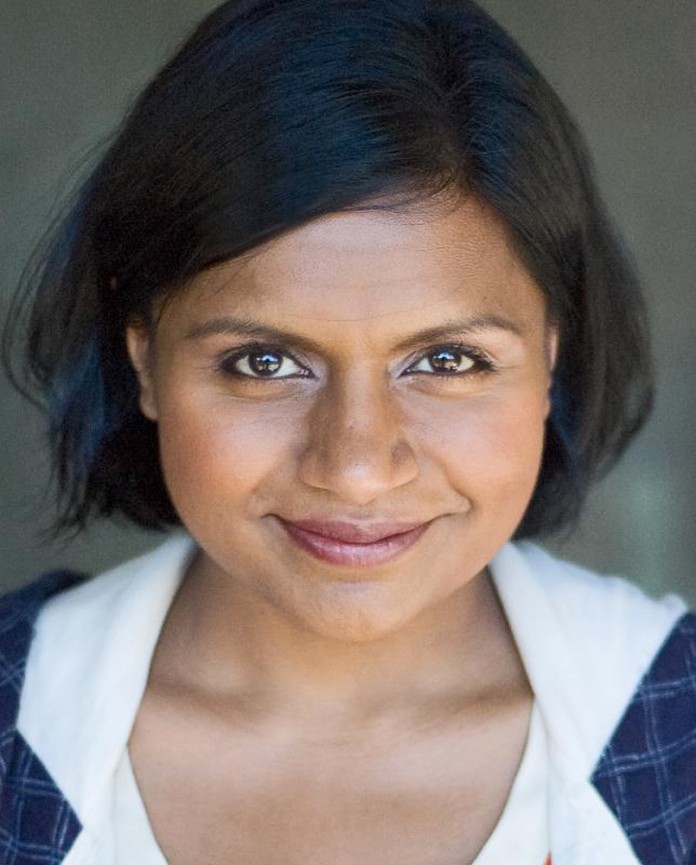Alexandra Idzal
Mindy Kaling is the superstar creator, writer, and star of her sitcom, “The Mindy Project.” The show follows the life of Mindy Lahiri (Kaling), an OB/GYN living in New York City, as she deals with the typical sitcom fodder of love, work, and the occasional appearance of an arch-nemesis. But despite having an Indian female lead, the majority of the cast of “The Mindy Project” is white and male, and, so far, all of Mindy’s love interests have been white men.
Yet although the show is sadly lacking in three dimensional female and minority characters, Kaling should not be under obligation to write more simply because of sex or ethnicity. By making casting choices based on sex or color, the bar is effectively being set lower for these groups of people, insinuating that they could not have gotten the job despite being just as talented as their white male counterparts.
In the most recent episode of the show, “Mindy Lahiri is a Racist,” the show addresses Mindy’s monochromatic love life and the issue of race in general. The show turns a critical eye on itself when Danny, one of Mindy’s co-workers, points out that Mindy only dates white men. This shows that Kaling is aware of the trend of her casting choices and that she can make fun of herself for it. In the episode, she addresses race without really taking a stand: by the end of the day, everything is still the same. It seems the point of this episode is to acknowledge that race is an important issue, but to also acknowledge that race isn’t what the show is about.
Kaling isn’t trying to use the show as a platform for a social agenda; she’s just trying to write a show that will make us laugh. Yes, the show could still have been funny if Kaling had chosen to focus on the race issue and bring back characters from the first season like Rishi, Mindy’s brother. But ultimately, the Mindy Project is becoming a workplace comedy, and these characters exist outside of that sphere.
Although it is difficult for women and people in minority groups to succeed in a culture dominated by white men, focusing on what makes us different may not be the best route to take. In an interview with Vulture, Kaling said, “I never want to be called the funniest Indian female comedian that exists. I feel like I can go head-to-head with the best, white male comedy writers that are out there.” What Kaling is articulating here is the struggle to be recognized as a person, and not as a member of a victimized group.
Kaling should be writing funny, complex characters that speak to her, and that’s exactly what she’s doing. White men in the same position as Kaling are not held to this standard; no one expects them to make a social statement with their work, so why are we expecting Kaling to? Her job is to write a funny TV show, so her decisions should be based on who has the most talent, what characters fit the tone of the show, and what will make “The Mindy Project” better.
Could the character of Danny be played by an actor of color? Or even a woman? Sure! But then we would have a whole different character because a different actor was cast. Each actor brings a certain set of traits to the character they play: Chris Messina, who plays Danny, makes a grumpy character lovable, and balances his character’s emotions between frustration with Mindy, and a mostly hidden affection for her. He was cast because of what he could bring to the table, and how he could enhance and portray Danny’s emotions in a way that was cohesive with the goal Lahiri had for “The Mindy Project.”
It’s arguable that because of the discriminatory nature of our culture, marginalized groups do need more help because of the extra obstacles set in their way. But stopping racism and sexism cannot be achieved by attempting to practice the reverse. We should stop ourselves from actively seeking out women and people of color to fill certain roles, and instead devote our energy to giving opportunities to the most talented and qualified candidates, regardless of the color of their gender.
Photo Courtesy of Flickr User NoHo Damon











